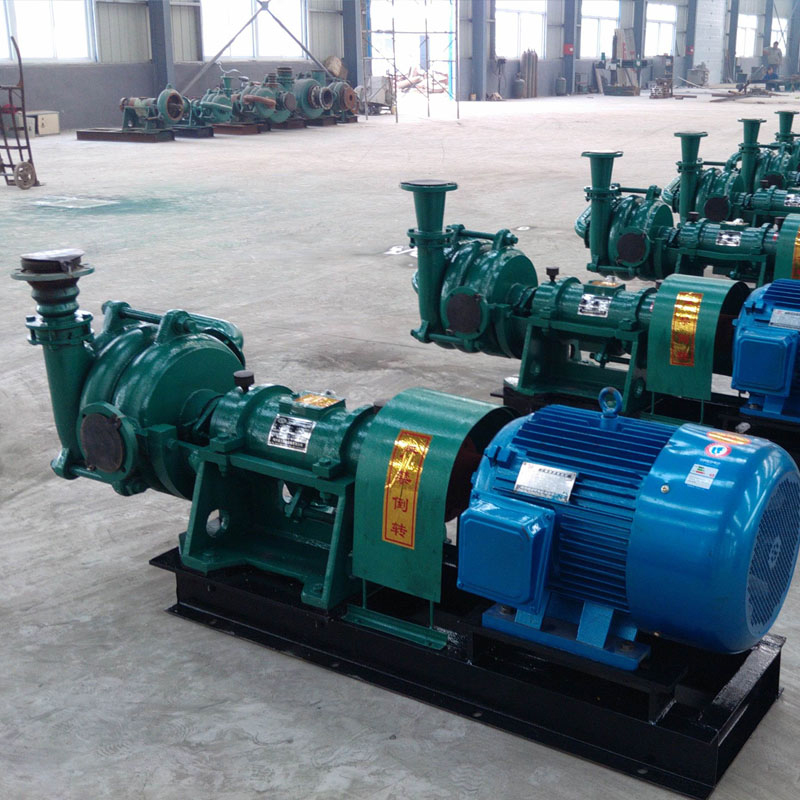English
- Afrikaans
- Albanian
- Amharic
- Arabic
- Armenian
- Azerbaijani
- Basque
- Belarusian
- Bengali
- Bosnian
- Bulgarian
- Catalan
- Cebuano
- Corsican
- Croatian
- Czech
- Danish
- Dutch
- English
- Esperanto
- Estonian
- Finnish
- French
- Frisian
- Galician
- Georgian
- German
- Greek
- Gujarati
- Haitian Creole
- hausa
- hawaiian
- Hebrew
- Hindi
- Miao
- Hungarian
- Icelandic
- igbo
- Indonesian
- irish
- Italian
- Japanese
- Javanese
- Kannada
- kazakh
- Khmer
- Rwandese
- Korean
- Kurdish
- Kyrgyz
- Lao
- Latin
- Latvian
- Lithuanian
- Luxembourgish
- Macedonian
- Malgashi
- Malay
- Malayalam
- Maltese
- Maori
- Marathi
- Mongolian
- Myanmar
- Nepali
- Norwegian
- Norwegian
- Occitan
- Pashto
- Persian
- Polish
- Portuguese
- Punjabi
- Romanian
- Russian
- Samoan
- Scottish Gaelic
- Serbian
- Sesotho
- Shona
- Sindhi
- Sinhala
- Slovak
- Slovenian
- Somali
- Spanish
- Sundanese
- Swahili
- Swedish
- Tagalog
- Tajik
- Tamil
- Tatar
- Telugu
- Thai
- Turkish
- Turkmen
- Ukrainian
- Urdu
- Uighur
- Uzbek
- Vietnamese
- Welsh
- Bantu
- Yiddish
- Yoruba
- Zulu
Telephone: +86 13120555503
Email: frank@cypump.com
Nov . 06, 2024 09:21 Back to list
sump pump drain field
Understanding Sump Pump Drain Fields An Essential Guide
A sump pump drain field is an integral component of many home drainage systems, especially in areas prone to flooding or excessive groundwater
. Understanding how these systems work can help homeowners make informed decisions about installation, maintenance, and overall home safety.Sump pumps are typically installed in basements or crawl spaces to prevent flooding. They work by automatically removing accumulated water from these areas and directing it outside the home. The sump pump collects water in a sump basin and, once the water reaches a certain level, the pump activates to expel the excess water.
However, simply pumping water away is not enough; it needs to be directed appropriately to avoid creating new issues. This is where a drain field comes into play. A drain field, also known as a leach field or dispersal field, is designed to safely dispose of the water pumped from the sump pump. It consists of a series of trenches or beds filled with gravel and perforated pipes, which help disperse water into the surrounding soil.
sump pump drain field

The importance of a well-designed drain field cannot be overstated. It ensures that the water is absorbed effectively, reducing the risk of surface flooding and preventing the buildup of groundwater. Moreover, it plays a crucial role in protecting the environment by filtering out pollutants from the water before it enters the soil and eventually reaches the groundwater table.
When planning a sump pump and drain field system, several factors must be considered. The size of the drain field should be proportional to the amount of water the sump pump is expected to handle. A drain field that is too small may become saturated, leading to backups and potential property damage. Additionally, the soil composition in the area will impact how quickly and efficiently water can be absorbed. Sandy soils, for example, offer better drainage compared to clay soils.
Maintenance is also vital to the longevity of both the sump pump and the drain field. Regular inspections can help identify potential issues before they become significant problems. Homeowners should also be aware of what they are sending into their drainage system; non-biodegradable materials or chemicals can clog the system and harm the environment.
In conclusion, sump pump drain fields are essential for effective water management in homes situated in flood-prone areas. By understanding their function, maintaining the system, and ensuring proper design, homeowners can protect their property from water damage and contribute to environmental sustainability. Investing time and resources in a reliable sump pump and an adequately designed drain field is a wise decision that pays off in safety and peace of mind.
-
ISG Series Vertical Pipeline Pump - Chi Yuan Pumps Co., LTD.
NewsJul.30,2025
-
ISG Series Vertical Pipeline Pump - Chi Yuan Pumps Co., LTD.|energy-efficient fluid handling&industrial durability
NewsJul.30,2025
-
ISG Series Vertical Pipeline Pump - Chi Yuan Pumps | Advanced Engineering&Industrial Efficiency
NewsJul.30,2025
-
ISG Series Pipeline Pump - Chi Yuan Pumps | High Efficiency, Energy Saving
NewsJul.30,2025
-
ISG Series Vertical Pipeline Pump-Chi Yuan Pumps|High Efficiency&Reliable Performance
NewsJul.29,2025
-
ISG Series Vertical Pipeline Pump|High Efficiency&Low Noise
NewsJul.29,2025










